You are using an out of date browser. It may not display this or other websites correctly.
You should upgrade or use an alternative browser.
You should upgrade or use an alternative browser.
Assembly Chamber of Somali parliament (1956)
- Thread starter DALMAR0_0
- Start date
Do me a favour Walalo spread this to the telegram chat so that the people may understand it’s Allah Who will give us a prosperous Beautiful country not our doing .
Nah they are getting sidetracked with the whole ancient Egyptian thingDo me a favour Walalo spread this to the telegram chat so that the people may understand it’s Allah Who will give us a prosperous Beautiful country not our doing .
It would effective if they stay focused on rooting out tribalism
Nah they are getting sidetracked with the whole ancient Egyptian thing.
It would effective if they stay focused on rooting out tribalism
Anyways the whole message behind this video I’m recommending is that it’s not our intellect or human ability that will help this country improve but it’s Allahs will . And how can we achieve it by following the deen and not leading ourselves astray .
we are a religious country alx but there’s so many things wrong with this country ( islamically ) from the government to the people that there’s no wonder why we are in this very position
just spread the message forward abti I would appreciate it. I mean spread the video not this long ass paragraph
View attachment 326966View attachment 326967View attachment 326968View attachment 326969
Idk why the art resembles ancient Egypt art style but this still looks beautiful
We belong to the same cultural region. Even in the early modern era the inhabitants of the Horn, Sudan, Southern Egypt (Lower Nubia) and Chad largely dressed in that white-robes motif:
The Tobe, or Abyssinian “Quarry,” is the general garment of Africa from Zayla to Bornou. In the Somali country it is a cotton sheet eight cubits long, and two breadths sewn together. An article of various uses, like the Highland plaid, it is worn in many ways; sometimes the right arm is bared; in cold weather the whole person is muffled up, and in summer it is allowed to full below the waist. Generally it is passed behind the back, rests upon the left shoulder, is carried forward over the breast, surrounds the body, and ends hanging on the left shoulder, where it displays a gaudy silk fringe of red and yellow. This is the man’s Tobe. The woman’s dress is of similar material, but differently worn: the edges are knotted generally over the right, sometimes over the left shoulder; it is girdled round the waist, below which hangs a lappet, which in cold weather can be brought like a hood over the head. Though highly becoming, and picturesque as the Roman toga, the Somali Tobe is by no means the most decorous of dresses: women in the towns often prefer the Arab costume,—a short-sleeved robe extending to the knee, and a Futah or loin-cloth underneath. -First footsteps in East Africa
Egypt, Sudan & Chad:

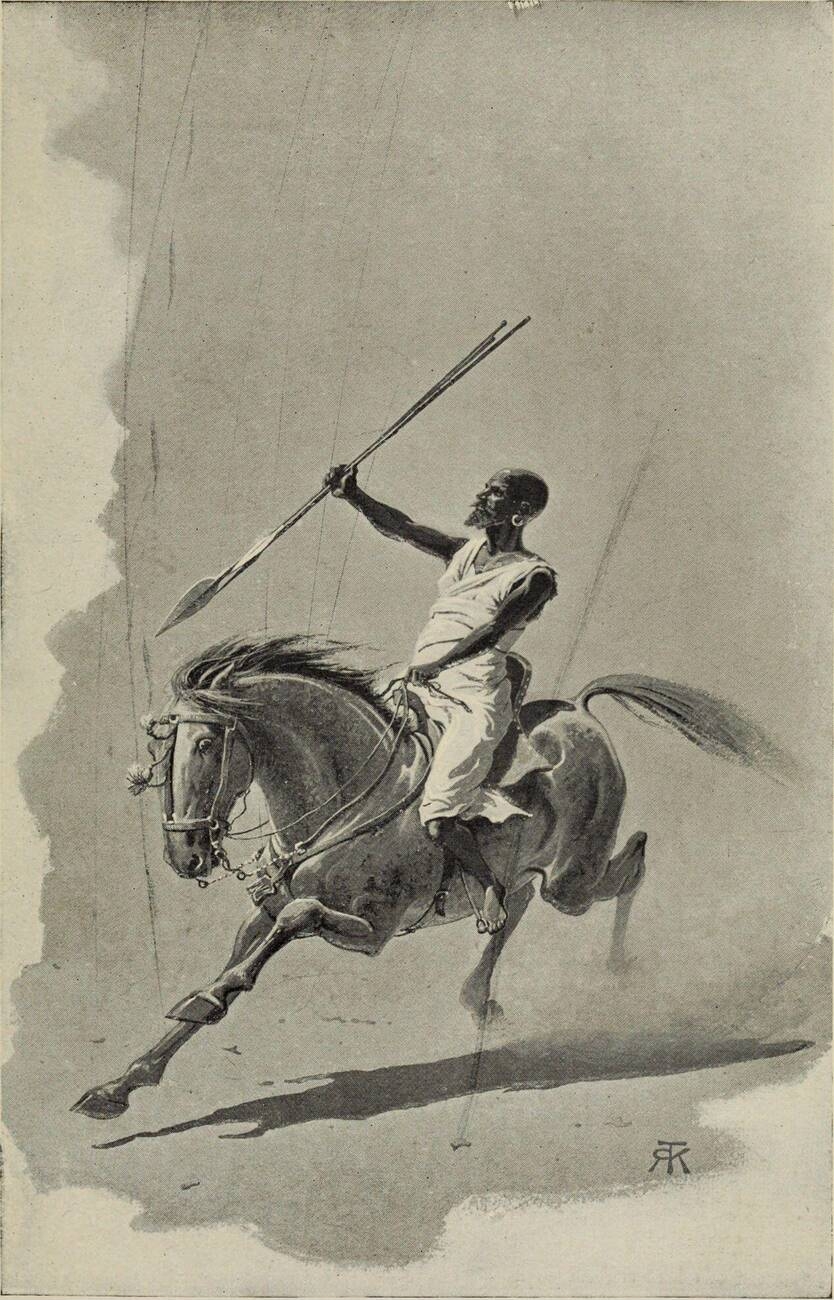
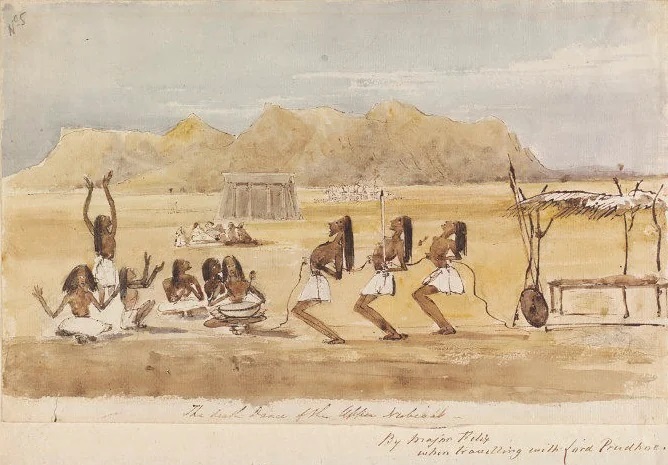
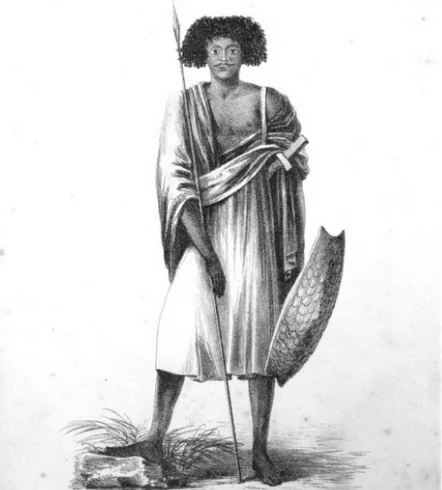
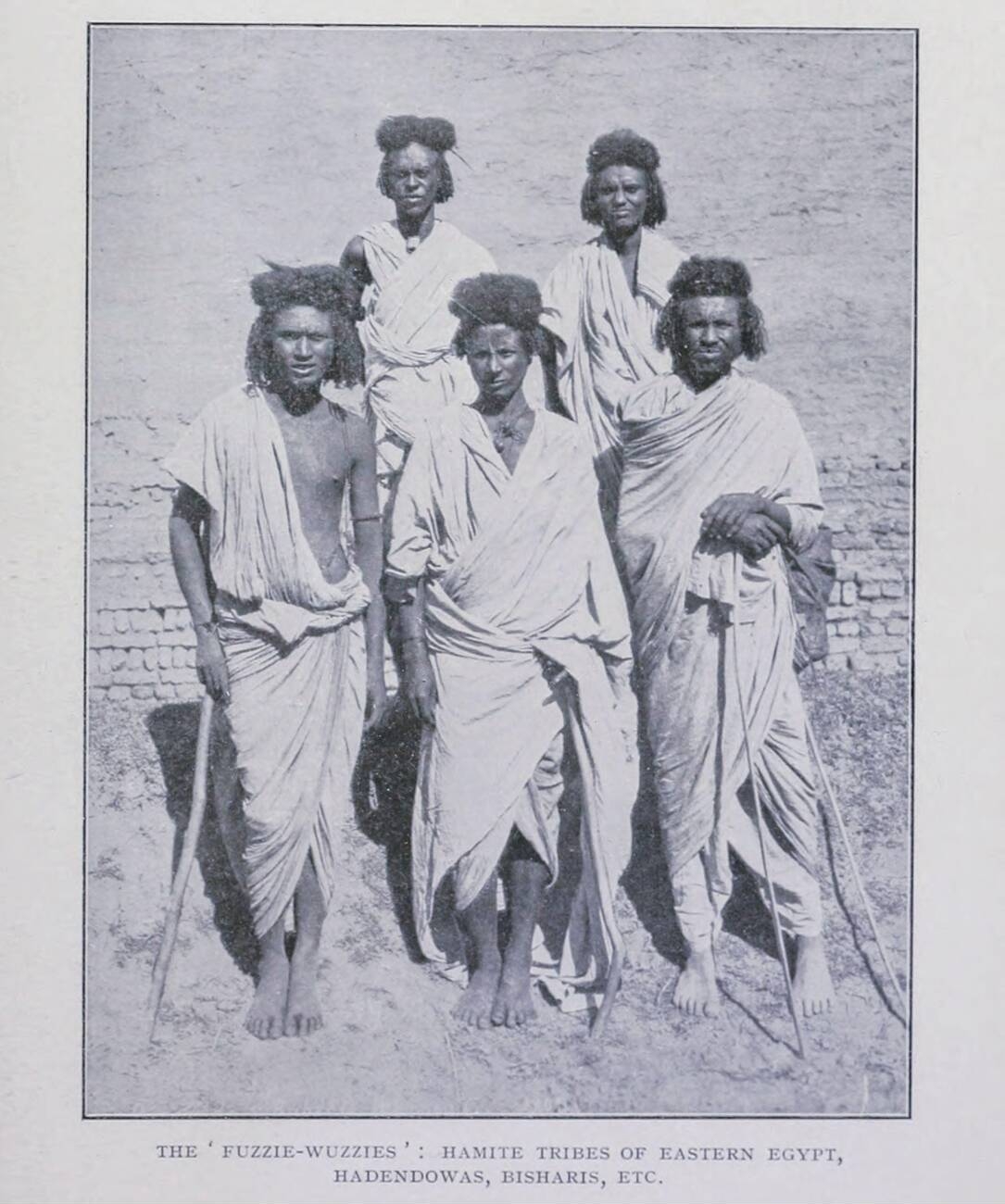
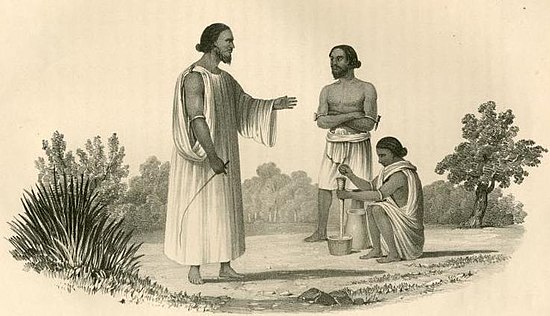
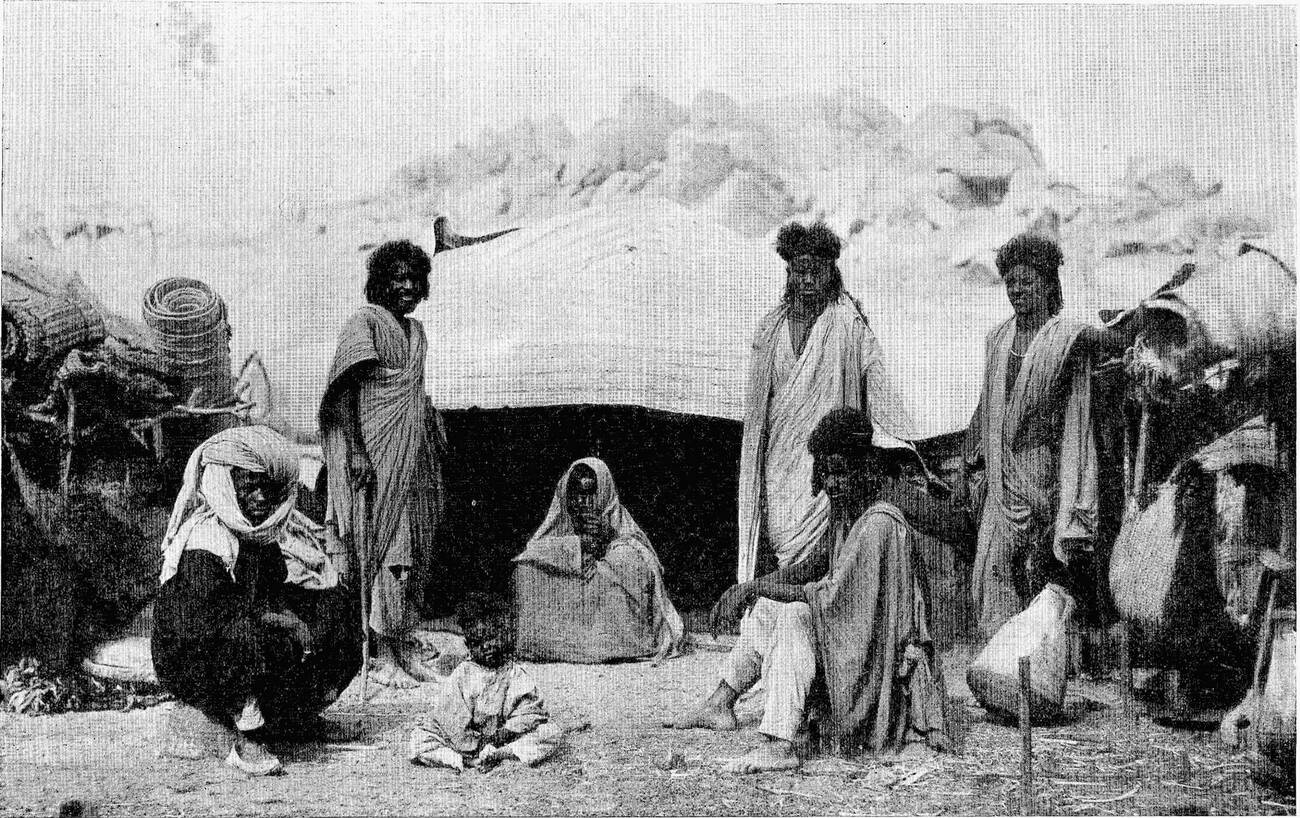

Abyssinia and Eritrean coast:
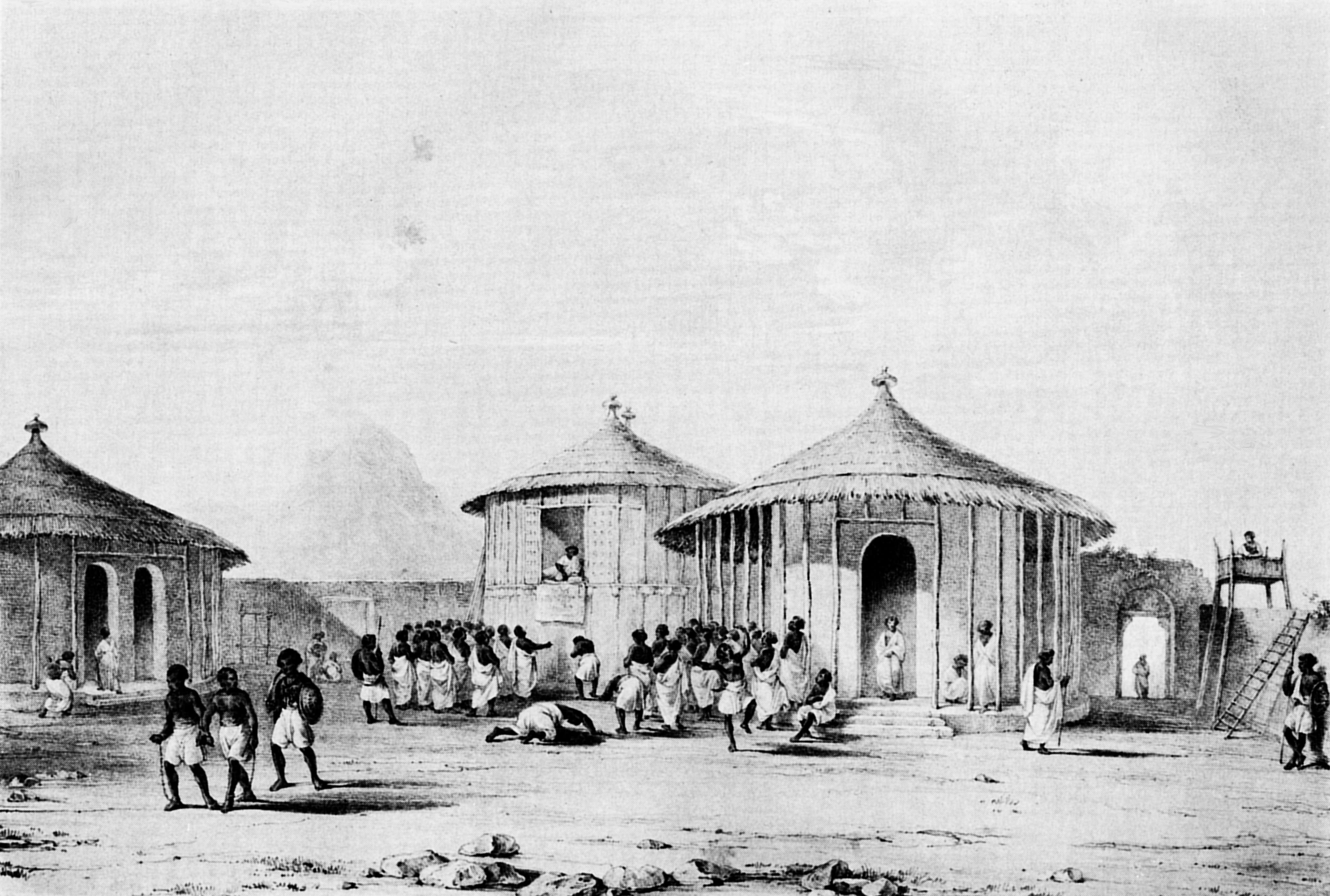
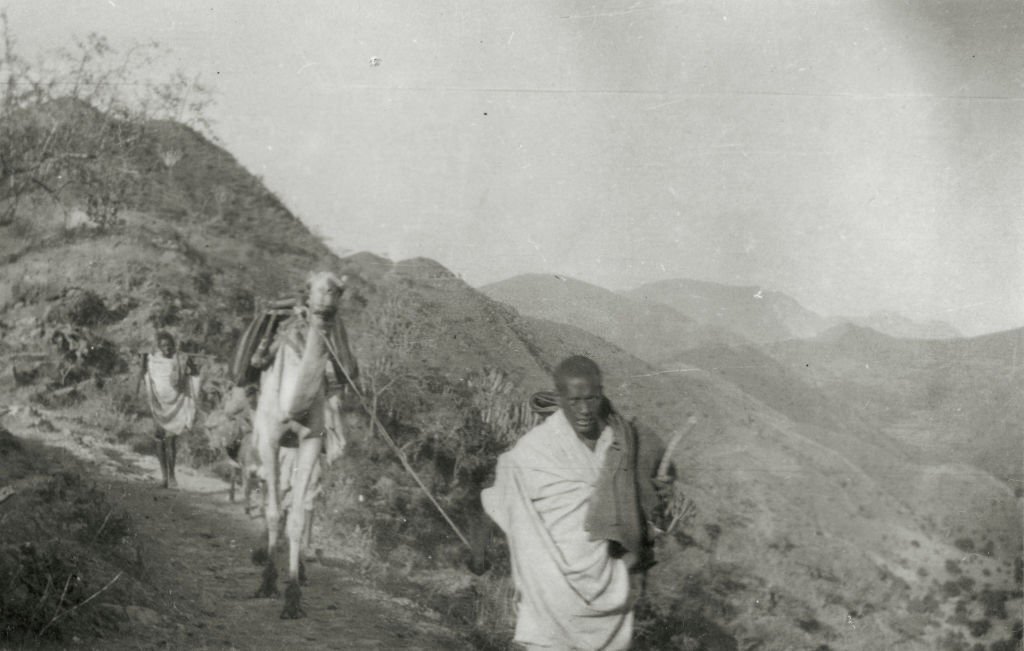
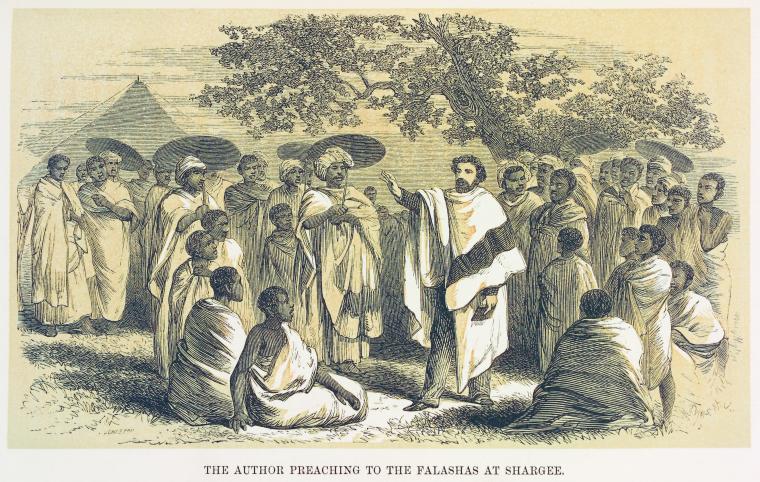
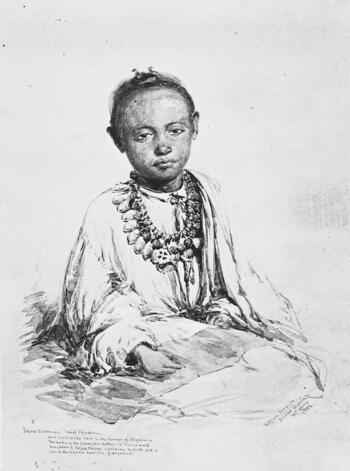
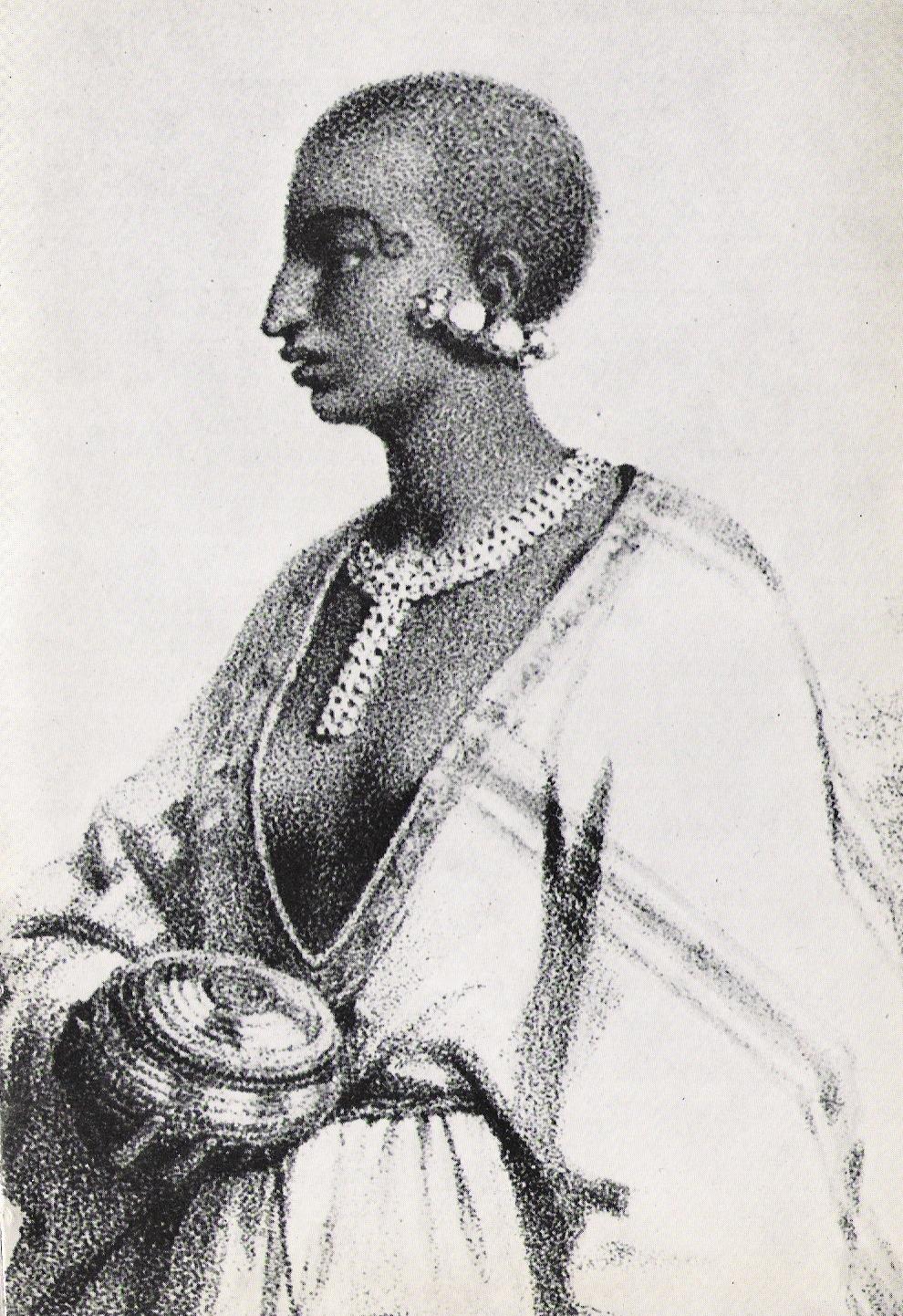
Somalia:
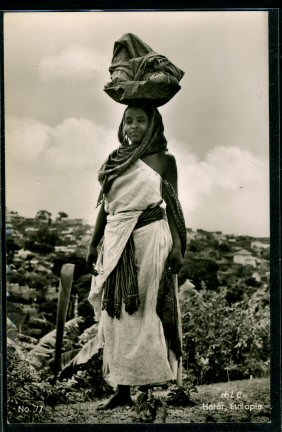
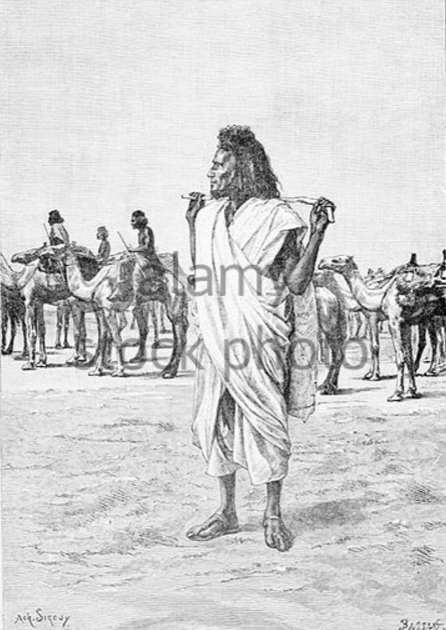
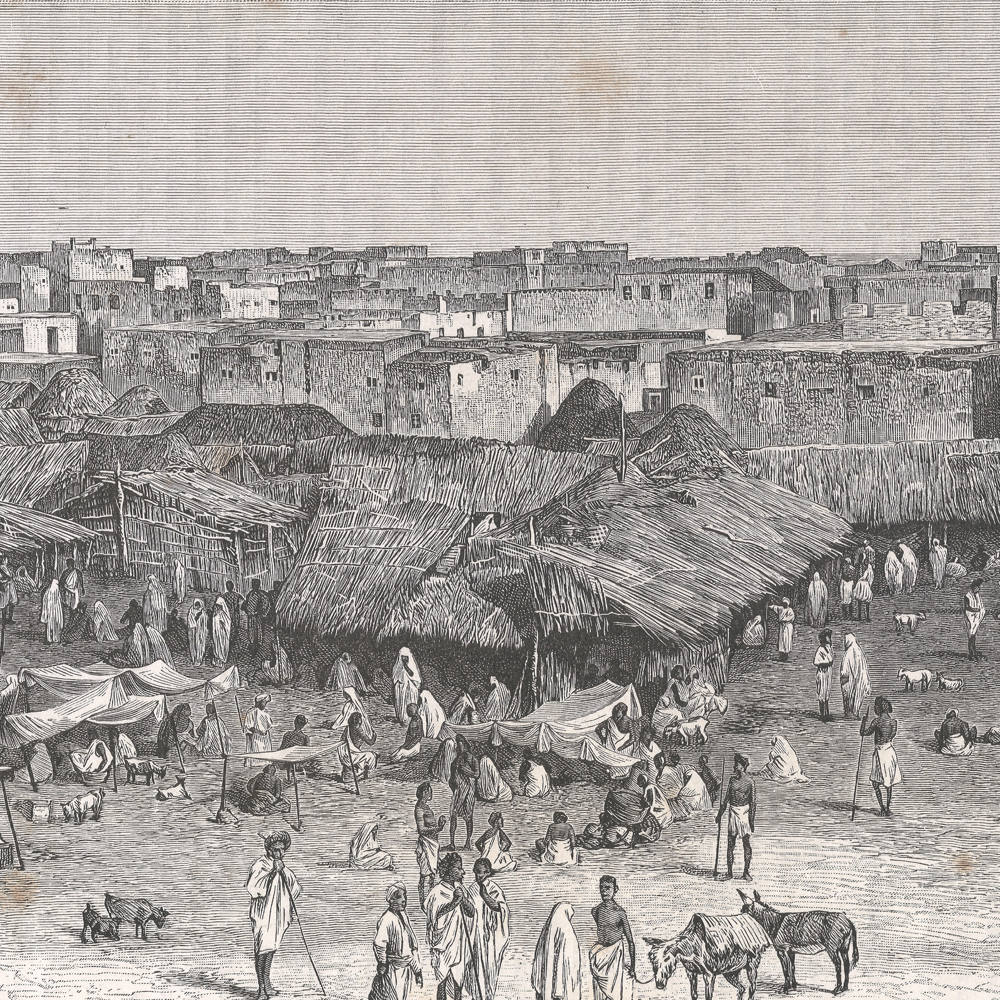
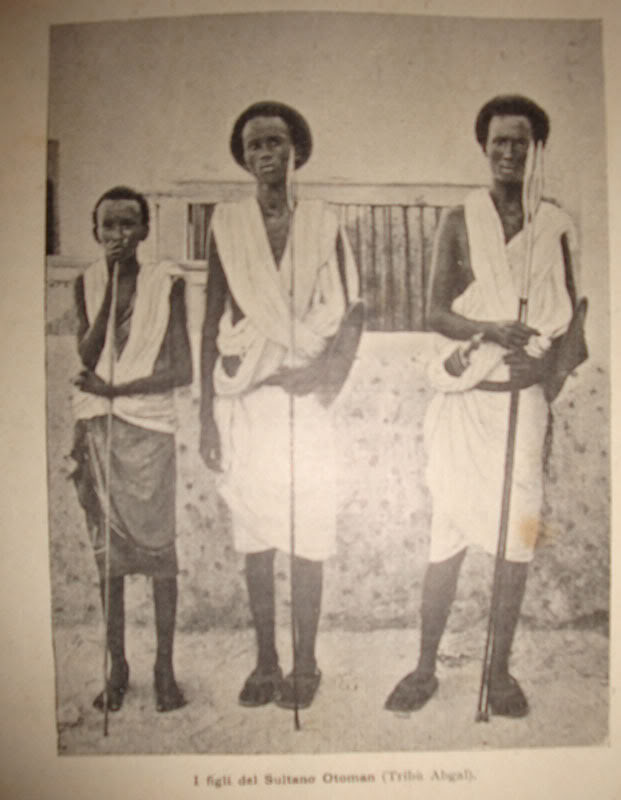
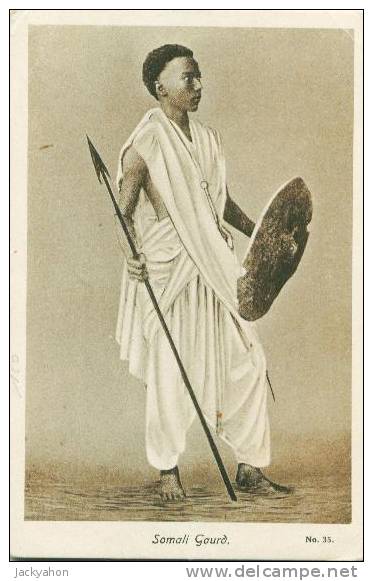

I strongly suspect that by its strong resemblance to Ancient Nubian and Egyptian reliefs this style of dressing is thousands of years old and it may have also once been just as common in Arabia as well given the Hajj dress-code and some examples I've seen of Bedouin attire across Arabia around the 19th century.
Last edited:
beautifulView attachment 326966View attachment 326967View attachment 326968View attachment 326969
Idk why the art resembles ancient Egypt art style but this still looks beautiful
Idilinaa
VIP
We belong to the same cultural region. Even in the early modern era the inhabitants of the Horn, Sudan, Southern Egypt (Lower Nubia) and Chad largely dressed in that white-robes motif:
The Tobe, or Abyssinian “Quarry,” is the general garment of Africa from Zayla to Bornou. In the Somali country it is a cotton sheet eight cubits long, and two breadths sewn together. An article of various uses, like the Highland plaid, it is worn in many ways; sometimes the right arm is bared; in cold weather the whole person is muffled up, and in summer it is allowed to full below the waist. Generally it is passed behind the back, rests upon the left shoulder, is carried forward over the breast, surrounds the body, and ends hanging on the left shoulder, where it displays a gaudy silk fringe of red and yellow. This is the man’s Tobe. The woman’s dress is of similar material, but differently worn: the edges are knotted generally over the right, sometimes over the left shoulder; it is girdled round the waist, below which hangs a lappet, which in cold weather can be brought like a hood over the head. Though highly becoming, and picturesque as the Roman toga, the Somali Tobe is by no means the most decorous of dresses: women in the towns often prefer the Arab costume,—a short-sleeved robe extending to the knee, and a Futah or loin-cloth underneath. -First footsteps in East Africa
I strongly suspect that by its strong resemblance to Ancient Nubian and Egyptian reliefs this style of dressing is thousands of years old and it may have also once been just as common in Arabia as well given the Hajj dress-code and some examples I've seen of Bedouin attire across Arabia around the 19th century.
Sounds more like this is just rural arid/desert wear or bedouin dress code adopted for the climate and lifestyle/economics which the whole region share with eachother, rather than a strict traditional dress code
It's like you said. Bedouin Arabs used to dress the same way. And it's being mimicked through the Umrah clothing today. The same two futah


However, its important to note. The modern tobe or qamis, is just an extension/variation of the bedouin style of clothing, with the difference being that the fabric is sewn/stitched together rather than being open ended and this too was visibly worn throughout the region and most common among the settled communities in the early modern period. In a lot of cases wearing tailored/stitched clothes with elaborate designs, quality fabric like silk and/or colour pattern was an expression of wealth or status.
Examples of this stitched/sewn/tailored clothing/robes worn in 19th-20th century by settled/coastal Somali women from various clans/regions.

This one is wearing what appears to be a blouse called ''Kurdad'' mentioned on this thread: Traditional somali blouse


Examples of this sewn/stitched/tailored clothing/robes in 19th-20th century worn by coastal/settled Somali men


Inhabitants of coast of Somalia, Africa in 1838

The turban ''Duub'' is a common place among Somalis as it was for Arabs but there is also the shawl/headscarf that they would cover their head with called ''Khayli'' in Somali, modern manifestion of this is seen in the Saudi Shemagh and Palestinian Keffiyeh.
I also mentioned in a different thread about men wearing military pants called ''Targaal''
Side note: There is also the cloak/Jacket they used to wear, which s feature prominently among the religious and urban elites used to wear throughout 19-20th century. You have an example of it on in your display pic.



What's noteworthy about this and why i bring it up is that it kinda similar to the royal cloak with golden embroiled patterns that Habeshas wear in their weddings and the swahilis wear a similar one but with a different pattern and style.. Maybe points to a regionality same as the Tobe.
Last edited:
The turban ''Duub'' is a common place among Somalis as it was for Arabs but there is also the shawl/headscarf that they would cover their head with called ''Khayli'' in Somali, modern manifestion of this is seen in the Saudi Shemagh and Palestinian Keffiyeh.
Wallahi, I feel proper feeble-minded. I can't believe I never picked up on the fact that the khamiis/kandoora is basically a sewn up and modernized tobe. Even shares the white biased color-scheme during the warm months. That's kind of the tip that this was originally a rural style of dress in that the reason modern Arab thobes are white is because of the summer heat of Arabia; some Arabs get more colorful with their thobe choices during the colder winter and autumn months.
But I do think it's clearly something our peoples felt biased toward as "traditional" alongside its utilitarian nature. Says a lot that it was so widespread and even appears similar to the clothes in Egyptian and Nubian reliefs.
Idilinaa
VIP
To me it always seemed obvious because the Khamiis is mostly worn in plain white. There is certainly cultural aspect to this that related to the region no doubt.Wallahi, I feel proper feeble-minded. I can't believe I never picked up on the fact that the khamiis/kandoora is basically a sewn up and modernized tobe. Even shares the white biased color-scheme during the warm months. That's kind of the tip that this was originally a rural style of dress in that the reason modern Arab thobes are white is because of the summer heat of Arabia; some Arabs get more colorful with their thobe choices during the colder winter and autumn months.
But I do think it's clearly something our peoples felt biased toward as "traditional" alongside its utilitarian nature. Says a lot that it was so widespread and even appears similar to the clothes in Egyptian and Nubian reliefs.
The white robe also differs among Somalis not just in sewn versions of it. The southern Hawiyah/Raxanweyn don't wear two robes but only a long broad one drapped around with occasional garbasar over the shoulder. It's why they nickname their northern kin as ''Lamagoodle'', which means ''The one with two Robes'' .

The different styles of the same dress has probably to do with the functionality and other expressions like the one you mentioned about the summer heat.
Trending
-
-
Anyone planning to relocate to Somalia or is everyone too comfortable in the western world?
- Started by Kamaaludeen Al Reewin
- Replies: 98
-
Nicki Minaj parroting Trump's propaganda that will be used to further destabalize Nigeria
- Started by caano_shaah
- Replies: 23
